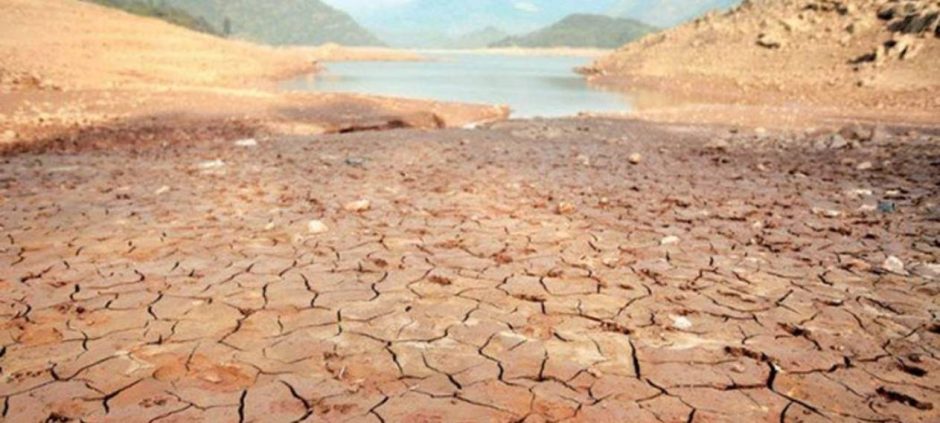Pakistan has officially crossed the global water scarcity threshold, with per capita water availability dropping below the critical level. According to a report by the Pakistan Council of Research in Water Resources (PCRWR), each person in Pakistan now has access to just 733 cubic meters of water annually.
The global minimum threshold for water availability is 1,000 cubic meters per person. Falling below this number indicates severe water stress, raising concerns for Pakistan’s future water security.
The PCRWR report reveals that Pakistan’s water storage capacity has fallen to less than 10 percent of its annual river flow. This figure is much lower than the global average, which stands at 40 percent. The report highlights that most of Pakistan’s water, about 80 percent, arrives during just four months of the year. This seasonal pattern causes acute shortages during the remaining eight months.
Sedimentation in reservoirs is reducing their lifespan and further limiting water storage. Pakistan’s agriculture sector uses about 75 percent of available water, with four major crops consuming the largest share. Inefficient irrigation methods and water-intensive crops are worsening the scarcity.
Experts emphasize that Pakistan must increase its water storage capacity to manage the crisis effectively. Without urgent action, the country risks facing more severe water shortages in the near future.
The PCRWR stresses the need for improved water management, including modern irrigation techniques and crop changes. These measures are vital to sustain Pakistan’s growing population and economy.
As Pakistan continues to face water challenges, the government and stakeholders must prioritize solutions to ensure water availability for future generations.
In other related news also read Popular Pakistani Bottled Water Brands Found Contaminated











